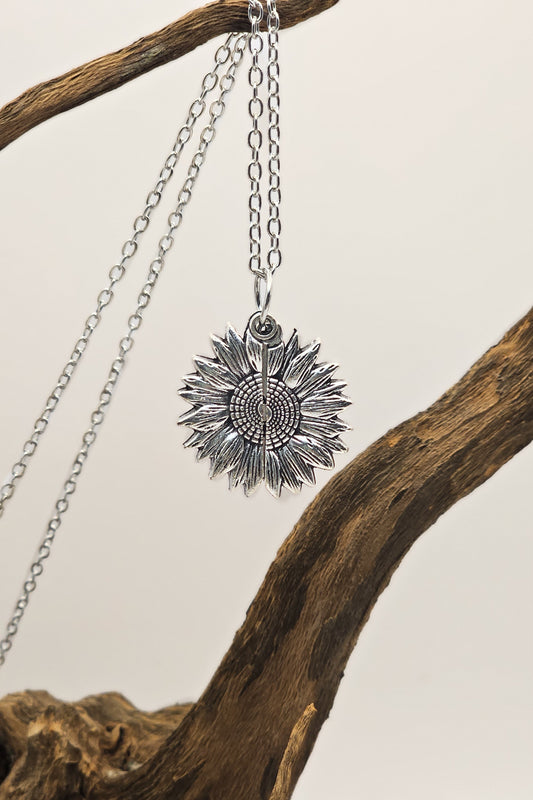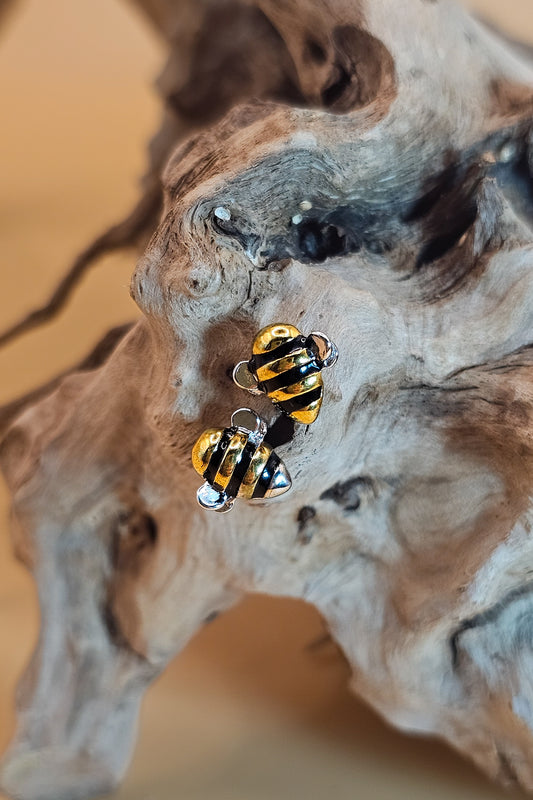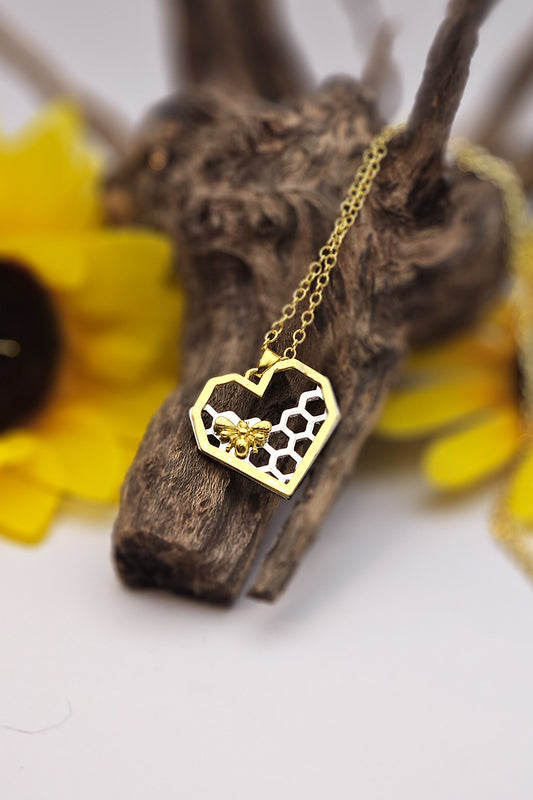Scientists have now proven that bees don’t just eat honey as food to provide nutrition and energy to their bodies, they also consume it as medicine.
While humans enjoy the subtle flavors of orange blossom, fig, linden, or pine honey, and honor bees for their incredible gifts to the gourmet world, bees view honey in a more practical way and know how to take advantage of the naturally occurring chemicals in honey.
In the same way humans in the western world know their spices, teas, or herbs, bees know which types of honey to eat to help them fight off infections and other problems, and promote health benefits.
A few of the many health benefits the bees receive from honey are, for example, the ability to heal infections, detox from poisonous pesticides, extend their lives, survive cold temperatures, and deal with unexpected environmental hazards.
This 4:21-minute video by Kidz Feed looks at the honeybee diet:
Humanity is only now learning the enormous health benefits of honey, something the bees have known since antiquity. According to entomologist May Berenbaum, as reported in Knowable, even just a few decades ago honey was considered little more than sugar water by beekeepers and bee scientists. Research has proven it otherwise in recent years, and we now know there are countless health benefits from honey, even the healing of topical wounds and skin burns.
Honey is mostly sugar, but there are many enzymes, vitamins, minerals, and other substances which not only account for flavors and textures but also offer vital health benefits to bees.
Some other insects produce honey. The adorable bumblebee Bombus pratorum from Europe makes honey. Bumblebees, stingless bees, and honey wasps make it, but only honeybees of the species Apis make enough to sustain the vast quantities of honey that humans consume.
Bees have evolved to become the perfect honey producing pollinators. Nearly 120 million years have passed since bees diverged from wasps, when there was a vast expansion of flowering plants worldwide. Around the same time, bee behavior changed, and they began to feed their larvae with pollen rather than insects. After many evolutionary changes, there are over 20,000 bee species today on the planet.
Along the way, bees started to add flower nectar to the pollen, which allowed the pollen to be molded into easy-to-carry balls. They also developed glands that secreted wax, which led to the creation of honeycombs, an incredibly efficient system to store liquid nectar and solid pollen separately.
There may be ways humans can help the bees to use honey even more to target pesticides and parasites that have caused so much devastation in the bee world in the past decade or more. New scientific findings believe this is possible.
Tune in again next week and we will explore this concept further.








